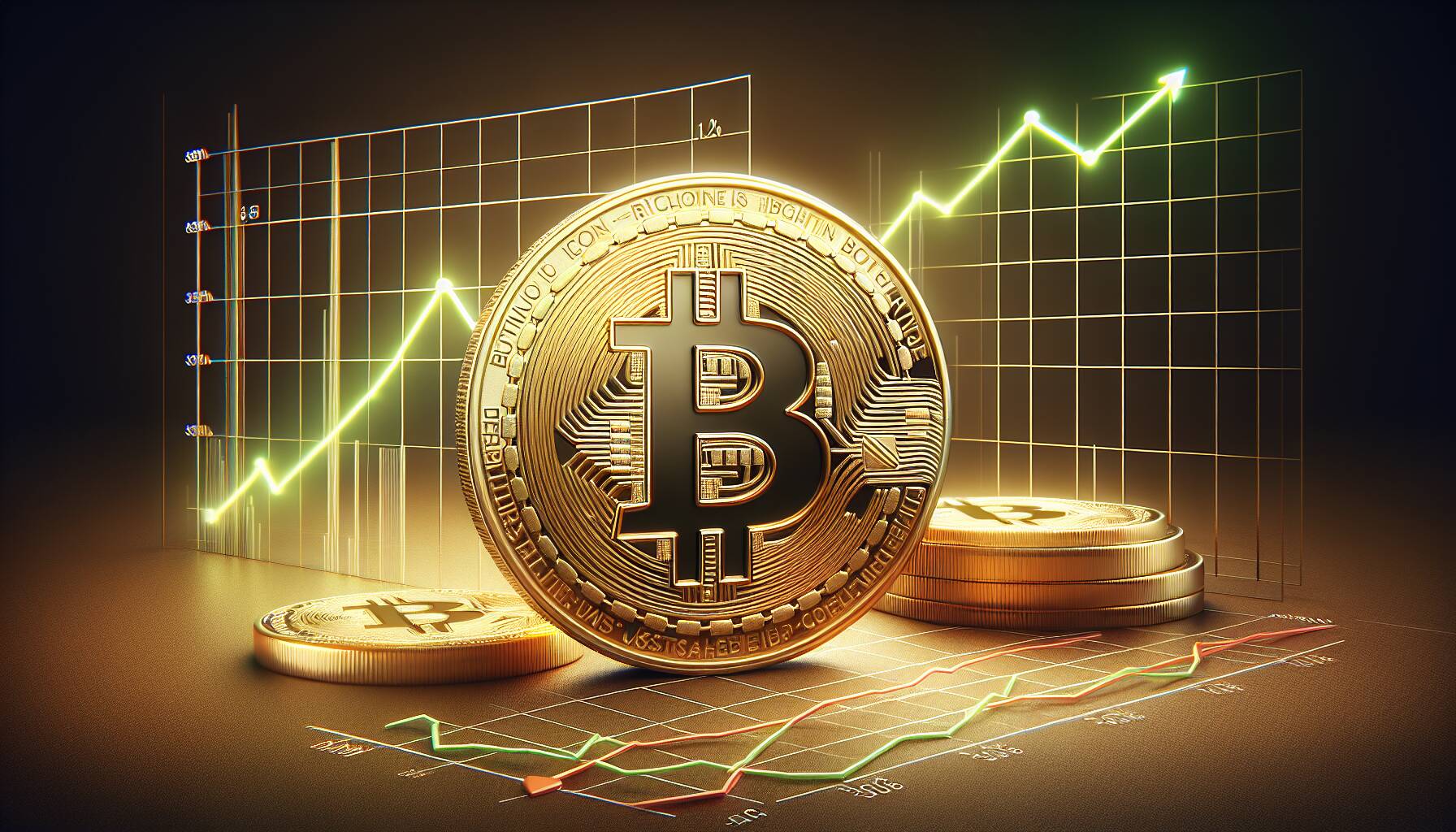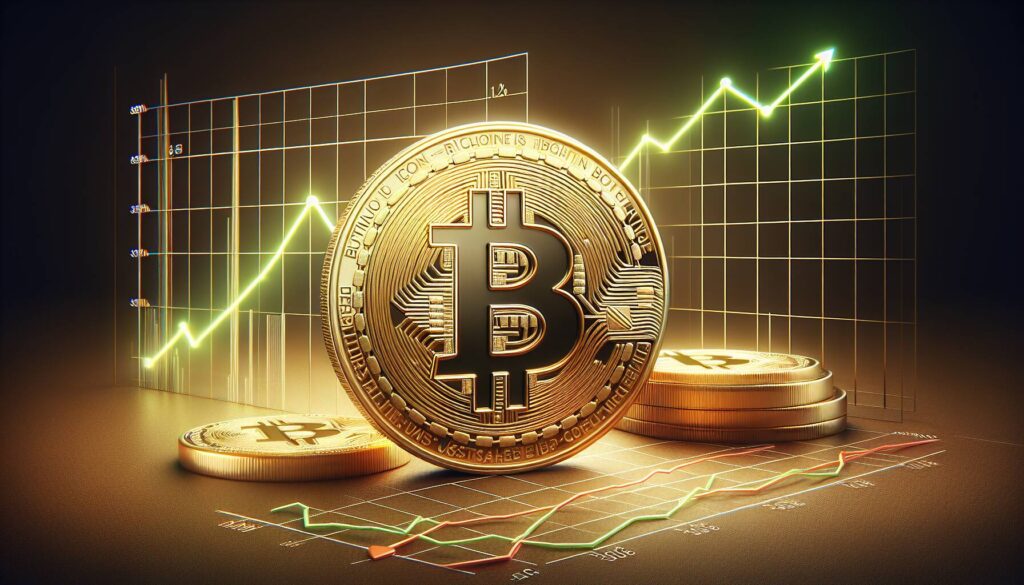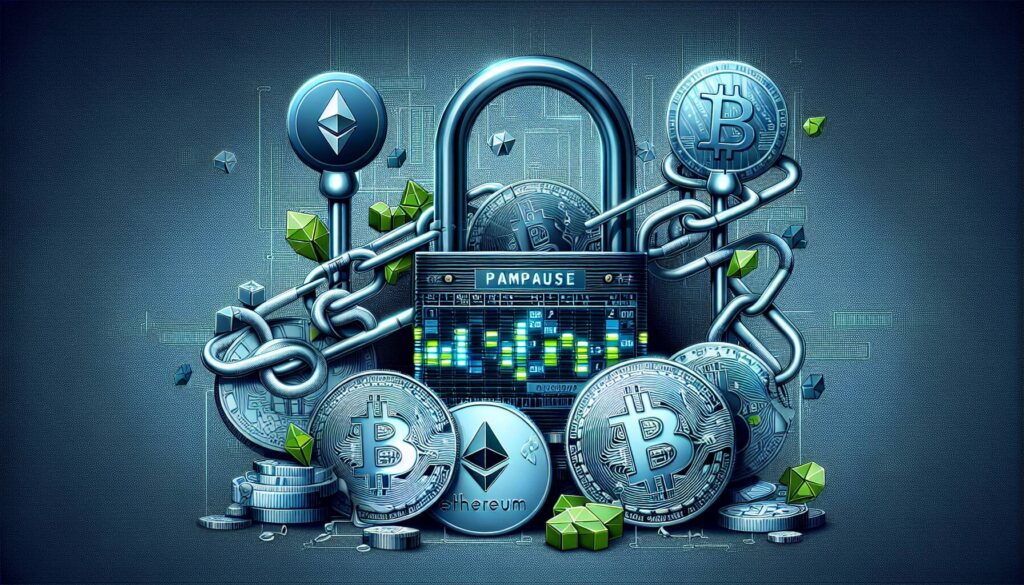In the latest updates from the cryptocurrency landscape, Bitcoin’s price is hovering near historical highs, but a closer examination of the blockchain reveals a starkly different picture. Recent data from Glassnode indicates that transaction fees have plummeted to levels not seen in nearly a decade, even as BTC tantalizingly approaches six figures. Traditionally, price increases in Bitcoin have been accompanied by surges in transaction fees as traders compete for blockspace. However, this year, that correlation appears to have broken down, signaling a decline in onchain demand.
A significant report from Galaxy Research highlights that median daily fees have decreased by over 80% since April 2024, with a notable portion of daily blocks now processing transactions at just 1 satoshi per vbyte. This drop points to sluggish demand for blockspace and a weak mempool, contrasting sharply with past bull cycles where increased trading activity led to network congestion and rising fees.
Moreover, as more than 1.3 million BTC are now held in spot ETFs and custodial services—where the coins are less likely to return to the chain—retail trading that previously weighed down the Bitcoin blockchain is shifting towards platforms like Solana. There, the flourishing market for memecoins and NFTs benefits from quicker and more economical transactions. Consequently, the Bitcoin price seems influenced primarily by custodial inflows rather than organic trading activity.
This evolving situation poses challenges for miners, many of whom are witnessing tightened profit margins with BTC rewards halved and fees constituting less than 1% of their revenue as of July. The industry’s response includes a diversification into AI and high-performance computing (HPC) services, a trend highlighted by the growth of firms that have shifted their focus away from Bitcoin mining alone. In contrast, companies that have not diversified are struggling against rising electricity costs and a persistent, weak fee market.
Galaxy’s research warns of a stagnating role for the Bitcoin blockchain, while the firm itself adapts its strategy for growth in AI data centers, indicating a shift in expectations for the future of mining profitability.
As for current market movements, Bitcoin recently traded at $113,286.95, down by 1.79%, following a drop to a six-week low. Meanwhile, Ether remains relatively stable at $4,779, buoyed by market optimism regarding potential interest rate cuts. In the broader context, Asian markets have experienced an uptick, with indices like Japan’s Nikkei 225 rising after dovish comments from Federal Reserve officials.
The wider cryptocurrency industry continues to navigate a complex landscape, with investor sentiment and market dynamics continually evolving, signaling a transformative period ahead.

Market News Summary
Key points from the latest market updates that may impact readers:
- Bitcoin Price Stability: Bitcoin is holding near record prices, currently trading at $113,286.95, but transaction fees have dropped significantly, indicating a lack of onchain demand.
- Transaction Fee Trends: Median daily fees have fallen over 80% since April 2024, reflecting fewer transactions and a stagnant market, contrasting past cycles where price increases led to fee spikes.
- Shift in Demand: Retail activity has shifted to platforms like Solana, leading to decreased onchain transactions for Bitcoin and signaling a structural change in the market dynamics.
- Miner Profitability Challenges: Bitcoin miners are facing profitability issues, with fees contributing less than 1% to block revenue. Many are diversifying into AI and high-performance computing hosting to sustain revenues.
- Investment Trends: Crypto firms that diversify into sectors beyond mining, such as AI, are being more favorably received in equity markets, with notable gains for related ETFs.
- Potential Market Shifts: The overall outlook suggests that without a return to organic demand for Bitcoin blockspace, future returns for miners may align more closely with computing sectors rather than cryptocurrency alone.
Equity markets are indicating a strategic pivot for the mining industry, highlighting the importance of adaptability in a fluctuating market environment.
Market Dynamics: A Deeper Dive into Asia’s Crypto Landscape
Recent insights into Bitcoin’s intricate market dynamics reveal a stark contrast to previous bull cycles where rising prices led to on-chain congestion and surging transaction fees. As Bitcoin flirts with high valuations, the striking decline in transaction fees suggests a paradigm shift in demand. A report from Galaxy Research indicates that median daily fees have plummeted over 80% since April 2024, distancing the cryptocurrency from its operational roots as on-chain activity dwindles. In comparison, Solana emerges as a formidable alternative, attracting retail traders through its cost-effective and swift transactions, particularly for memecoins and NFTs.
Competitive Advantages: Solana’s speed and lower transaction costs could draw significant retail activity away from Bitcoin, positioning it as a more attractive option for small investors seeking fast transactions. This shift may benefit platforms focused on NFT marketplaces and decentralized finance, diverging from traditional Bitcoin operations. Conversely, Bitcoin’s price stability, buoyed by custodial inflows, indicates a potential strength for institutional investors looking for security in a volatile market.
Disadvantages: For Bitcoin miners, the drop in network fees poses severe profitability challenges. With diminished on-chain activity, miners who solely rely on block rewards are feeling the strain and may struggle to maintain operational viability. In this new landscape, those miners who diversify into sectors like AI and high-performance computing may find themselves better positioned, a lesson forthcoming from companies adapting their business models in response to market demands.
This evolving scenario not only impacts miners but also creates ripples across various sectors including venture capital, as reported earlier this year. Fundraising in the crypto space remains challenging even amidst bullish conditions, potentially deterring new entrants who could have fueled innovation and competition. In summary, the current landscape favors established players embracing adaptability, while new market participants may face an uphill battle in securing funding and market share.















